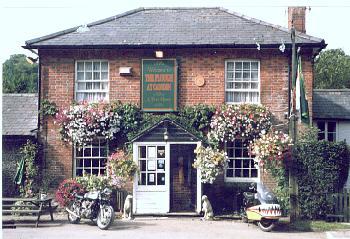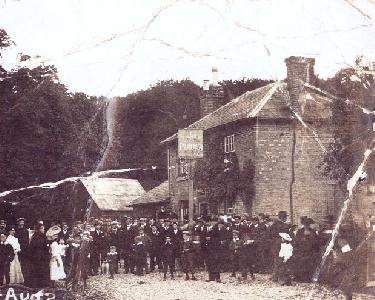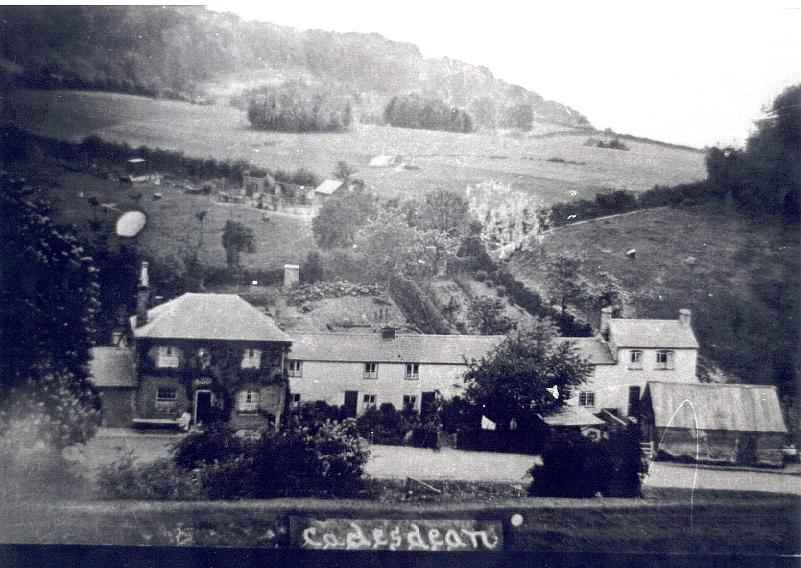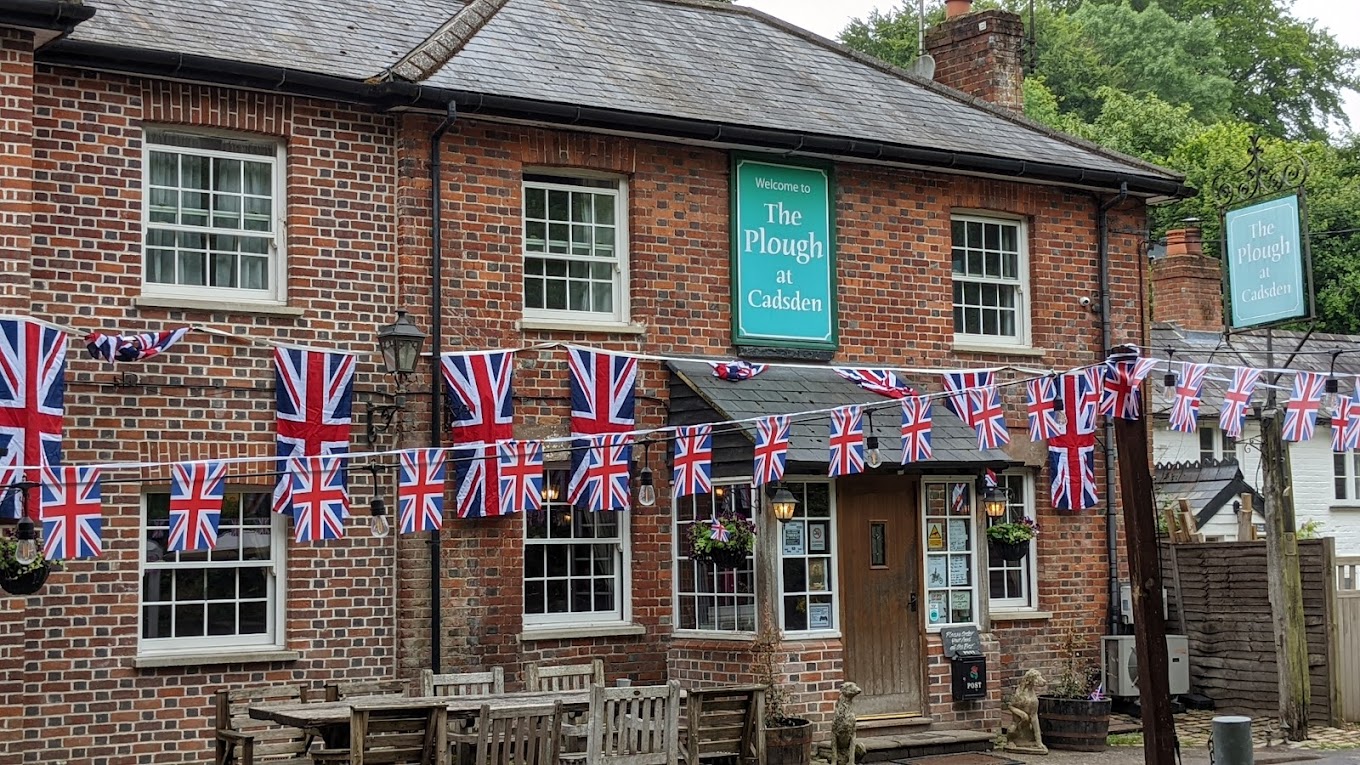The Plough at Cadsden
Click on a red button to go to the relavent page
![]() The bikes
The bikes
![]() Those
were the days
Those
were the days ![]() TheEvents
TheEvents ![]() The
Plough
The
Plough
![]() Useful to know
Useful to know ![]() Rebuild of a Vincent Black Prince
Rebuild of a Vincent Black Prince

| Sometimes referred to as Lower Cadsden the origin of the name is quite interesting. In the 18th century, excise men were stationed in the area as contraband traffic was known to pass through on its way north. Not having any official lodgings the 'Cats' as they were nicknamed, improvised there own crude structures. The last remains of one of these brick and flint buildings was demolished during the 1970s to make way for what is now The Plough kitchen. The area became known locally as 'The Cats den'. Documents dating from 1836 refer to the hamlet as Catsdean, and this has gradually changed to take its presant spelling Cadsden. Photo taken before recent extension. |  |
 |
The original 'Cats' building dated from around 1610 and was developed into the three or possibly four cottages which form the present structure. This picture was taken at the Annual Cherry Pie feast which was always staged on the first Sunday in August. The photo is dated Aug. 2 giving the year as 1903, 1908 or 1914.The original 'Cats' building dated from around 1610 and was developed into the three or possibly four cottages which form the present structure. This picture was taken at the Annual Cherry Pie feast which was always staged on the first Sunday in August. The photo is dated Aug. 2 giving the year as 1903, 1908 or 1914. |
 |

|
|
2023
|
|
The John Hampden Connection
|
|
John Hampden was descended from an ancient Buckinghamshire family of great wealth with a long tradition of service to the Crown. The Hampdens had lived at Great Hampden, about two miles from Cadsden, since before the Norman Conquest, and had provided Members of Parliament, High Sheriffs, and courtiers throughout the centuries. Had Hampden wished he could have purchased advancement in the court, but he chose instead to resist Charles I's arbitrary government. As a result he earned the title, 'Patriae Pater' - the Father of the People. During the civil war when Essex finally moved against Oxford and quartered his army at Thame, the King's nephew Prince Rupert led two thousand men out of the city in a night sortie, beating up the Parliamentary outposts at Postcombe and Chinnor, before turning southwards towards Chalgrove and Stadhampton. Sending a message to Essex requesting him to cut off the Prince's retreat at Chislehampton Bridge, Hampden rallied the various bodies of troops that had been skirmishing with the Royalist rear and pursued them with vigour. The following morning, Sunday 18th June 1643, Rupert halted his main body on Chalgrove Field and ambushed the small Parliamentary force. Hampden placed himself at the head of a troop of horse and led a counter-attack, but in the ensuing battle, he was fatally wounded. Accompanied by the faithful Goodwin he rode to Thame, where he died on his wedding anniversary, 24th June, in the Greyhound Inn. John Hampden's body was escorted back to Great Hampden by his beloved Greencoats, and he was buried among his ancestors in a lead coffin in the Church of St. Mary Magdalene at Great Hampden. The route from Thame to Great Hampden was chosen for the lack of steep hills rather than directness and The Plough lay along the route where a wake was held on the return journey. |